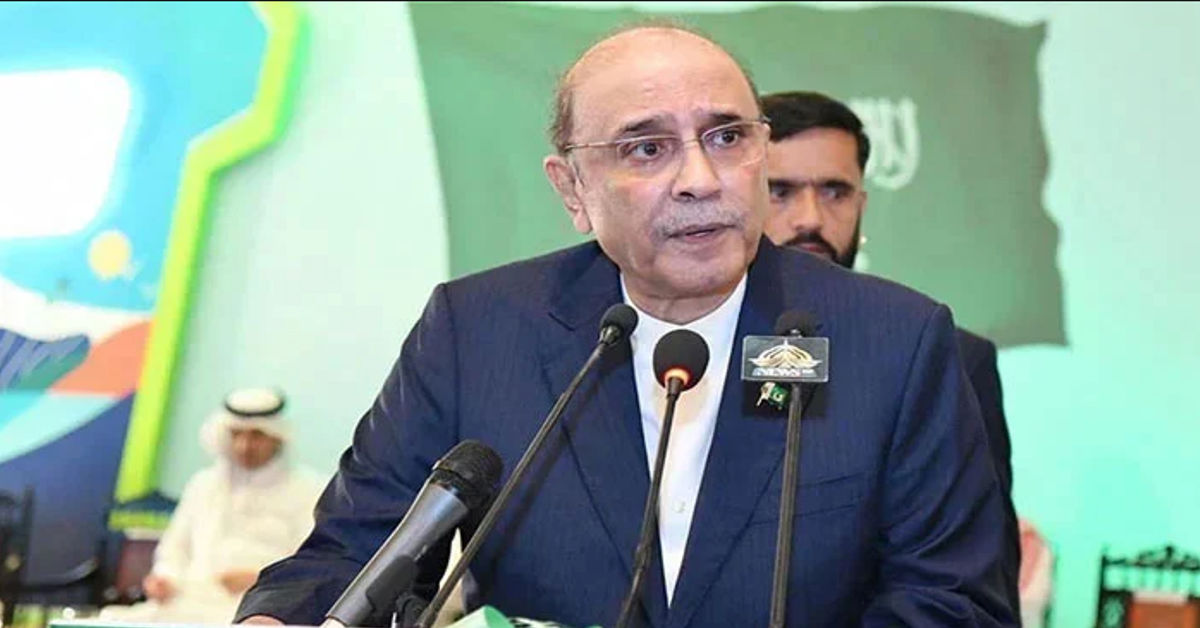
These years have been constituted with the profound problem of increasing poverty, food insecurity and economic distress, particularly in the rural and under-privileged urban areas of Pakistan. These difficulties have led many families to struggle to feed, clothe, and house themselves. In response, the Government has introduced the Ehsaas Rashan Program, a targeted-subsidy program aimed at helping poorer families afford basic groceries. The government includes this cornerstone welfare program as part of the broader Ehsaas program, aiming to assist the poor and ensure that no citizen goes to bed hungry due to a lack of means.
Fighting Hunger and Food Price Inflation
The Food inflation in Pakistan has been a source of worry for a long time but that of late the prices of daily use items such as flour, sugar, ghee and pulses have surged to an alarming level. For daily wagers and workless persons, serving a wholesome meal is a struggle. Commonly, less meals of lower quality must be consumed due to limited resources. The administration also took note of this crisis and responded by institution a subsidy system to counter the surge in prices. Initiatives such as the Ehsaas programme are necessary as stopgaps for protecting the low-income groups from the harmful impact of inflation.
How the Ehsaas Program Works
The initiative works by giving eligible households a monthly supplement to buy basic foods. The registration will also include income verification via National Socio-Economic Registry (NSER)/ Mobile Based Registration. Once the approval of subsidies, the beneficiaries get Rs. 2, 000 per month subsidy at utility stores or kiryana shops of the retail market of the country. The Ehsaas Rashan Program ensures these shops sell basic commodities on concessional rates assisting families to utilize their thin resources more judiciously. This digital subsidy model reduces the probability of pilferage and eliminates middlemen, which are common phenomena in case of traditional aid programs. The introduction of mobile phones and digital national IDs, just makes everything easier.
IFR Eligibility and Support for Families
The program is based on the data of Ehsaas survey, which is collecting comprehensive socio-economic data about household across the nation. Sterner Writings Overview Generally, poor families are given preference, and priority is given to orphans, widows, the handicapped, and families headed by women. This selectively targeted approach means that we are not giving subsidies to privileged few. The system sends recipients a text message once it registers them, allowing them to receive discounts at a certain store. The program aims not just to distribute food to support people, but to uphold social justice and ensure the least among us are not forgotten.
Contribution of the Small Local Shopkeepers
One of the program’s key aspects is its collaboration with kiryana shops around the city. These small shopkeepers are enrolled in the program so that they can act as distribution points for subsidized food. This use of local merchants helps support the local grassroots economy and guarantees that assistance is delivered through established local neighborhood networks. Store owners are paid directly by the government so they are not out of pocket at all. It’s a win-win for both sides shopkeepers get more footfall and customers, and families have cheap. Tasty food available right at their doorstep rather than having to drive far for better access to the same. It also leads to job opportunities in the community and contributes to economic development.
Complications with regard to Operational Aspects
The program has not been without its difficulties in implementation however, despite its successful applications. The one factor that is reducing the use of the internet is digital illiteracy in rural and less developed regions. Internet access or mobile phone is not available to many prospective beneficiaries who don’t even know how to register for or use their subsidy. Furthermore, some users are frustrated with technical issues, including server congestion, connection failure, and shop limitation. The Ehsaas Rashan Program has also come under question for duplication and delay in verification of data. The government is also planning to strengthen its digital backbone and expand awareness campaigns to overcome these implementation hurdles and to make it more pervasive.
Information and Communication Technologies and Transparency
The Ehsaas Rashan project is arguably strong in its focus on digital governance. The system tracks the entire program electronically, from registration through to issuing the subsidy and paying the shopkeeper. This brings down the possibility of corruption and favouritism to a great extent. The incorporation of NADRA & Mobile SIM Database ensures that the program is delivered to the real and verified citizens. Timely updates are provided via e-portals, help desk numbers, and SMS alerts and people can register complaints or seek clarification. These ICT tools not only boost the pace of the project completion, but also have an impression on the minds of citizens that the government is sincere in both transparency and service delivery.
Public Reception and Response
The initiative has been praised by the public, particularly among those most affected by economic crises and natural disasters. The Ehsaas Rashan initiative kept many families afloat during the COVID-19 pandemic and the resultant floods. There are countless stories of the program helping people get through hard times by making cheap food available. The program has also been well received by civil society and NGOs for its organized method and digital technology. So there is more work to do, but the overall impact on food security. On budget management in a household and in social inclusion is undeniable.
Future Vision and Long-term Goals
In the future, the government intends to link its Ehsaas Rashan platform with other social safety net programs delivered under the larger Ehsaas initiative. Here you team up with cash transfer programs, scholarship programs, health insurances and vocational training programs. Policy makers are continuing to evaluate options for public-private partnerships that might improve the efficiency of program funding and delivery. There is also a great deal of emphasis on extending coverage to the most vulnerable areas in Balochistan, Sindh, and northern Pakistan. The program, if well executed, has the chance to be a model for welfare in South Asia. Raising the bar for inclusive economic assistance.
Conclusion
Overall, it marks a step in the right direction in the battle against malnutrition and poverty in Pakistan. By issuing “food stamps” to qualified low-income individuals, the program tackles one of the most fundamental human needs of all, the need for food. Even with some of the implementation challenges. The Ehsaas Rashan Program has been a lifeline for millions of families, particularly in times of economic or environmental crises. Further reforms, improved digital infrastructure and robust citizen public engagement will be so important to its future success. As Pakistan continues to work towards equity and justice for all, Ehsaas Rashan serves as a beacon of hope and adversity for the most vulnerable.




































